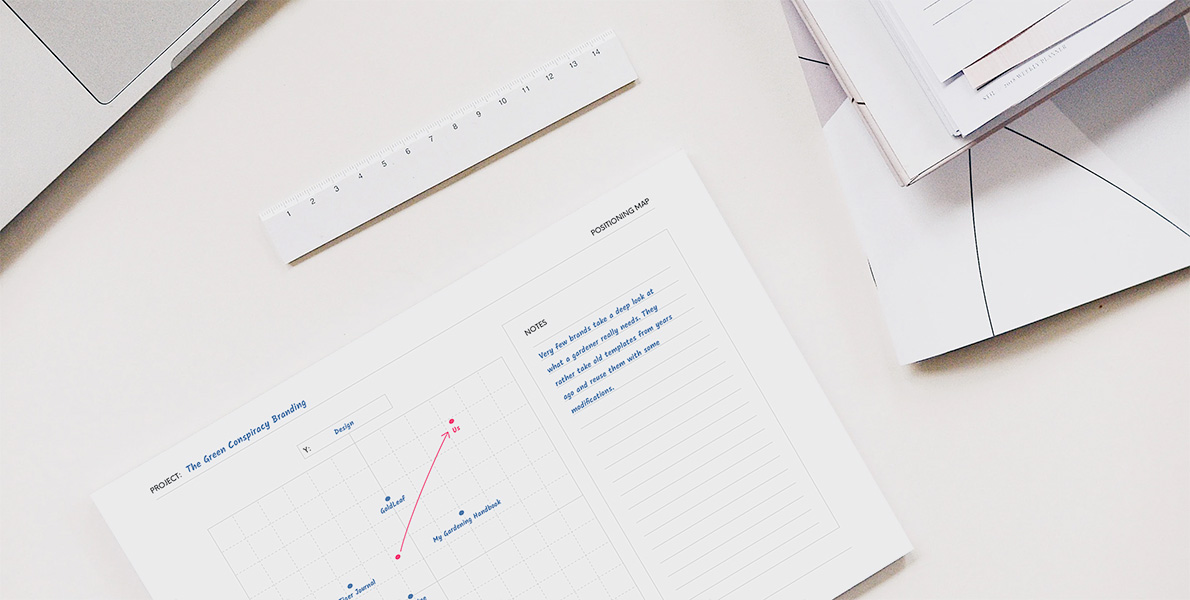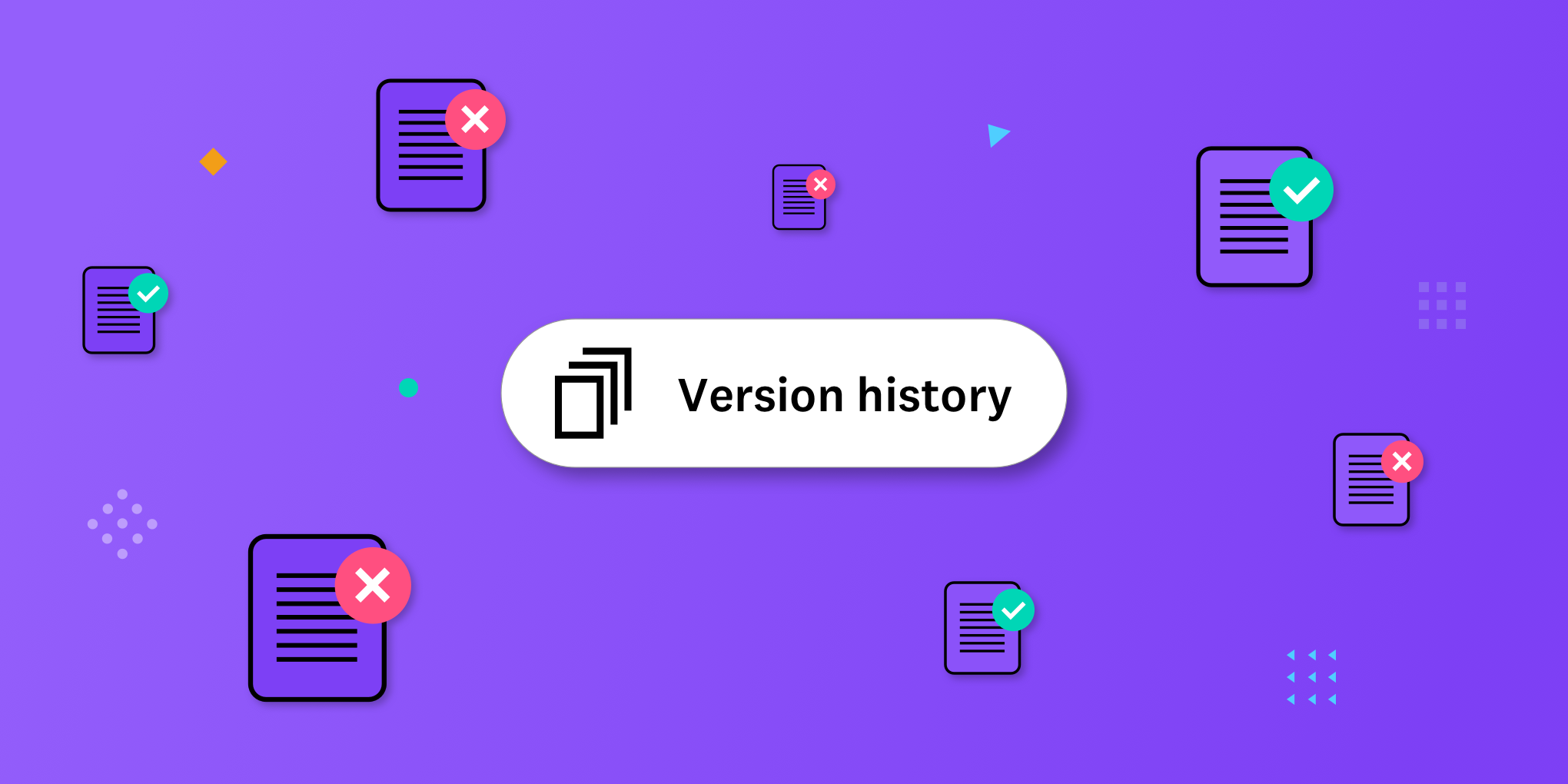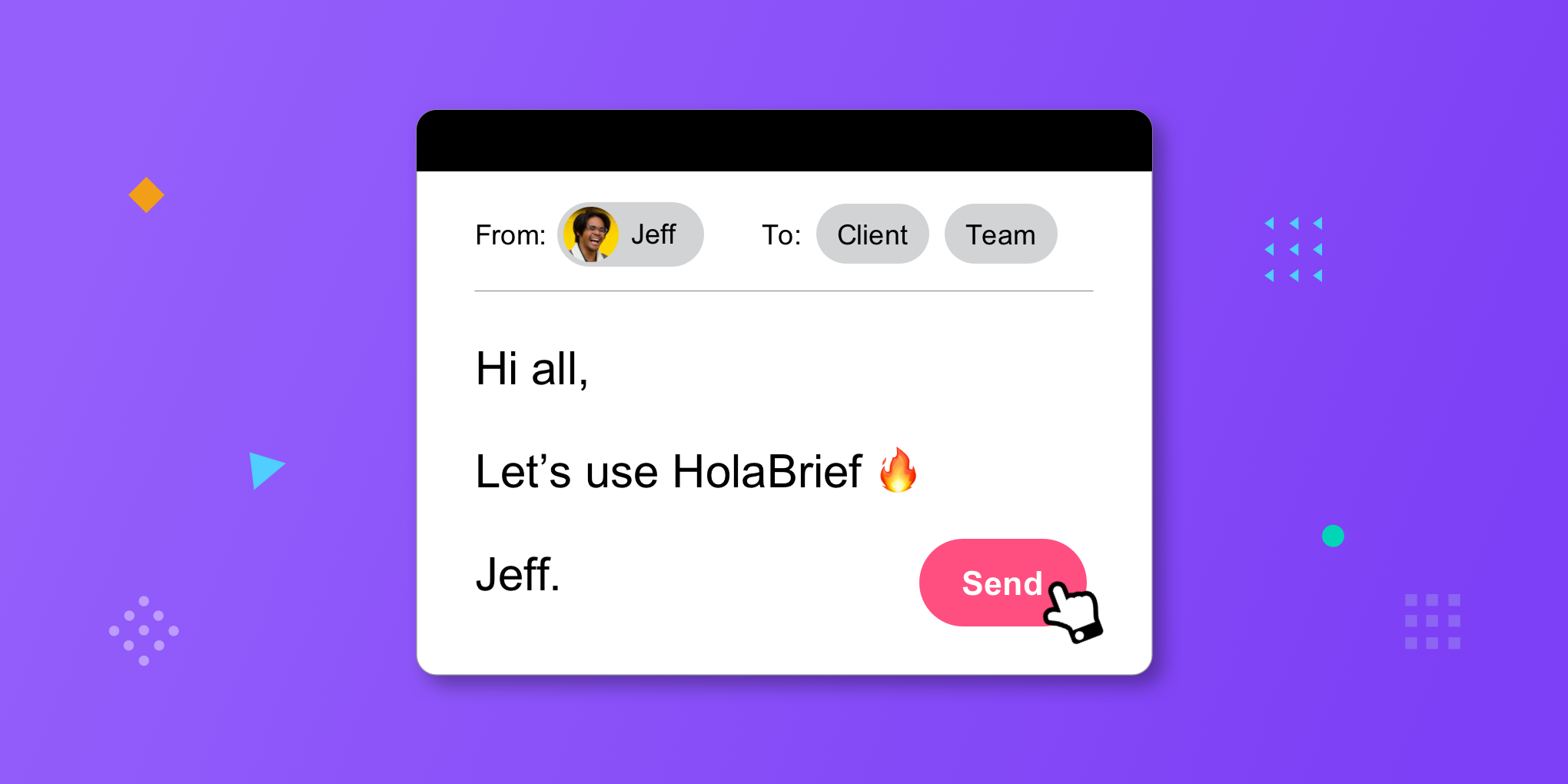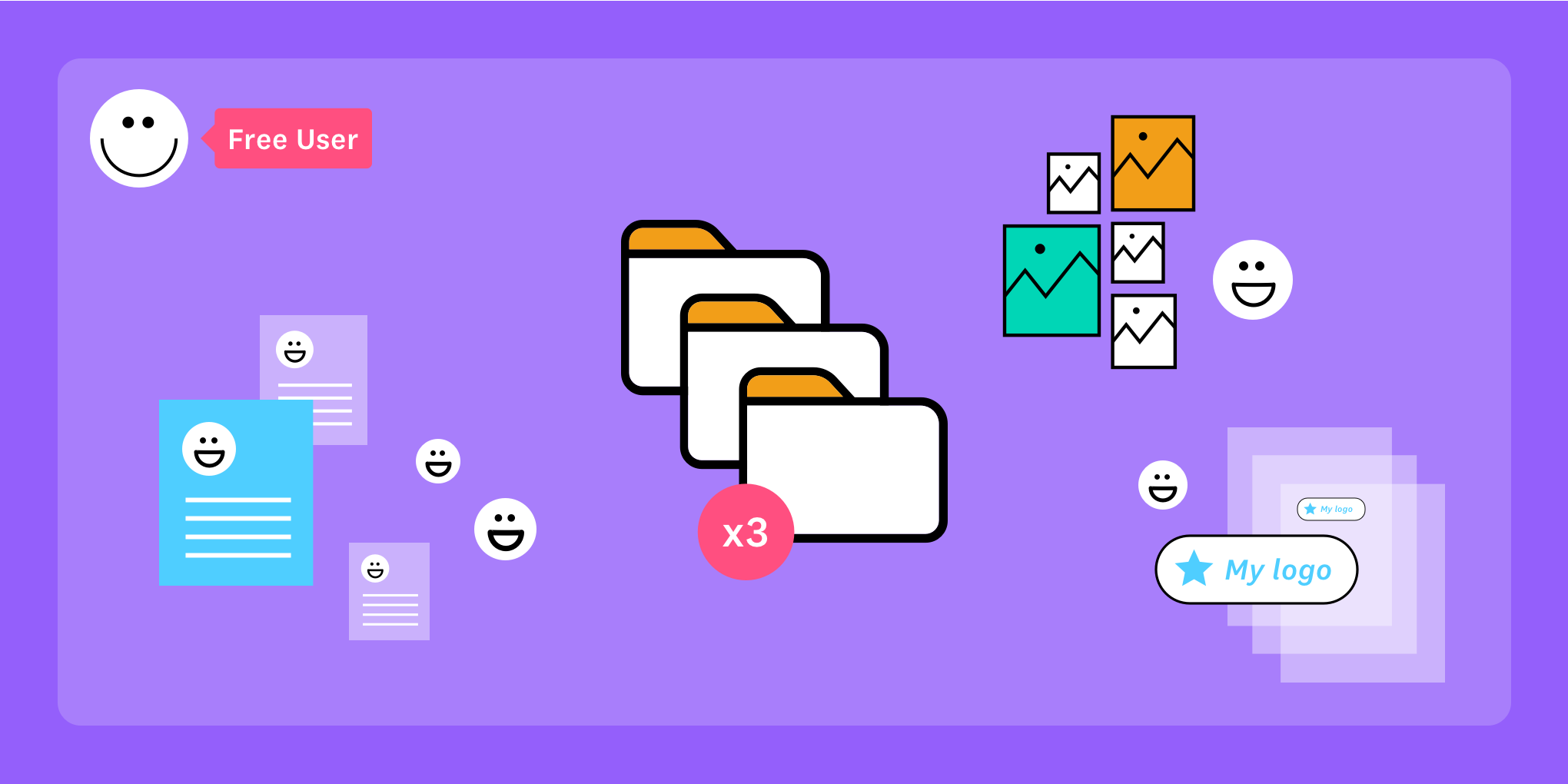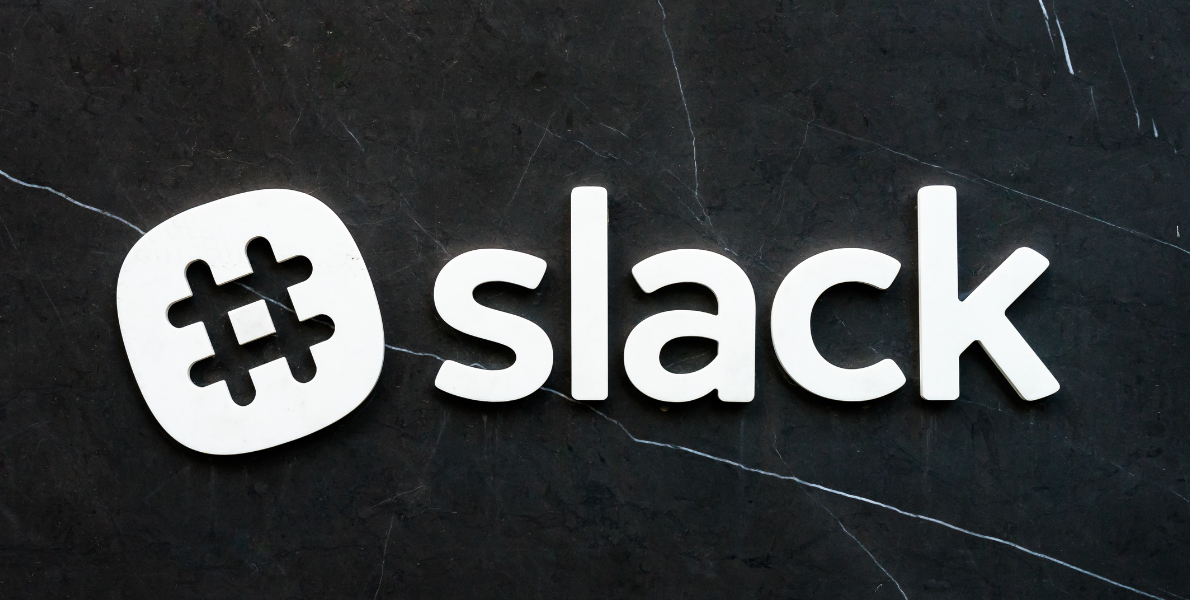This is a follow-up article on The perks of offering brand strategy as a designer.
We mentioned in our first article how strategy can help you as a designer offer solutions that are on point. But how to fully embrace a strategic mindset?
Without being conscious or embracing strategy entirely in your process and creating a strategic discovery framework, you are leaving a lot of good opportunities for your clients and yourself on the table.
I am a strong believer that the quality of your work can be exponentially better just by spending time working on a more strategic approach during the discovery phase. Strategy opens a series of opportunities for your clients in terms of positioning, differentiation, and industry insights. Which in turn you can apply to the design process and deliver more value to your client.
It baffles me the number of designers, interns, and freelancers, who don't even do their due diligence when it comes to the client's industry, business, trends, and other types of qualitative and quantitative research. How can one be designing solutions without the sole foundation for that business?
What’s strategy?
A war general will use strategy to win a battle, by cleverly analyzing his/her enemy and his/her own position. It’s about being able to see your unit through the goal (win a battle), the context (terrain, weather, and other natural threats, condition of soldiers, such as thirst, disease, hunger), and of course, the competitor.
The tactician, in that case, needs to use these “hints” (context, trends, behavior) in order to organize and plan an attack and a dozen variations, see loopholes and protect the areas that need protection.
Switch up the terms as you please, and you’ve got a recipe for any kind of strategy. Brand strategy is always in the context of the brand – whether it’s an established business or not. That incorporates the competitors, the clients, and even the employees (the real soldiers here).
Your role as a brand strategist (or any kind, really) is to see the context from an advantage point, see possible tactics and facilitate the creative brief as well as different outcomes so you can easily switch up tactics as required.
Strategy will require research for your project discovery process. Research is a vital part of a strategy, and so is communication. Being clear and concise will go a long way when you are working with your clients.
Strategy builds a better creative brief
The role of the strategist is to diagnose the problem the business is going through and facilitate a solution. Those problems may be a lack of understanding of the market, a bad brand definition, no vision, bad communication within the company, no company culture, and so on. If you dig deeper into the real problem the client is facing, you'll have a better creative brief to present to the design team during your design process.
The kickoff discovery workshop
Is this how you are offering strategy at the moment?
- You send a questionnaire to your clients to know more about their brand, competitors and clients,
- You struggle to keep focused on the problem setting of the project
- You end up with a design that does not meet the expectations of the client or the creative brief which in turn evokes endless revisions
Do you know what’s missing here? The ability to turn that information you acquire during the creative brief into actionable, growth driven steps that your clients can then use to continuously grow their brand, instead of simply changing the logo across social media.
Turn that questionnaire into a full conversation or discovery workshop meeting where you cover every strategic section of the discovery template.
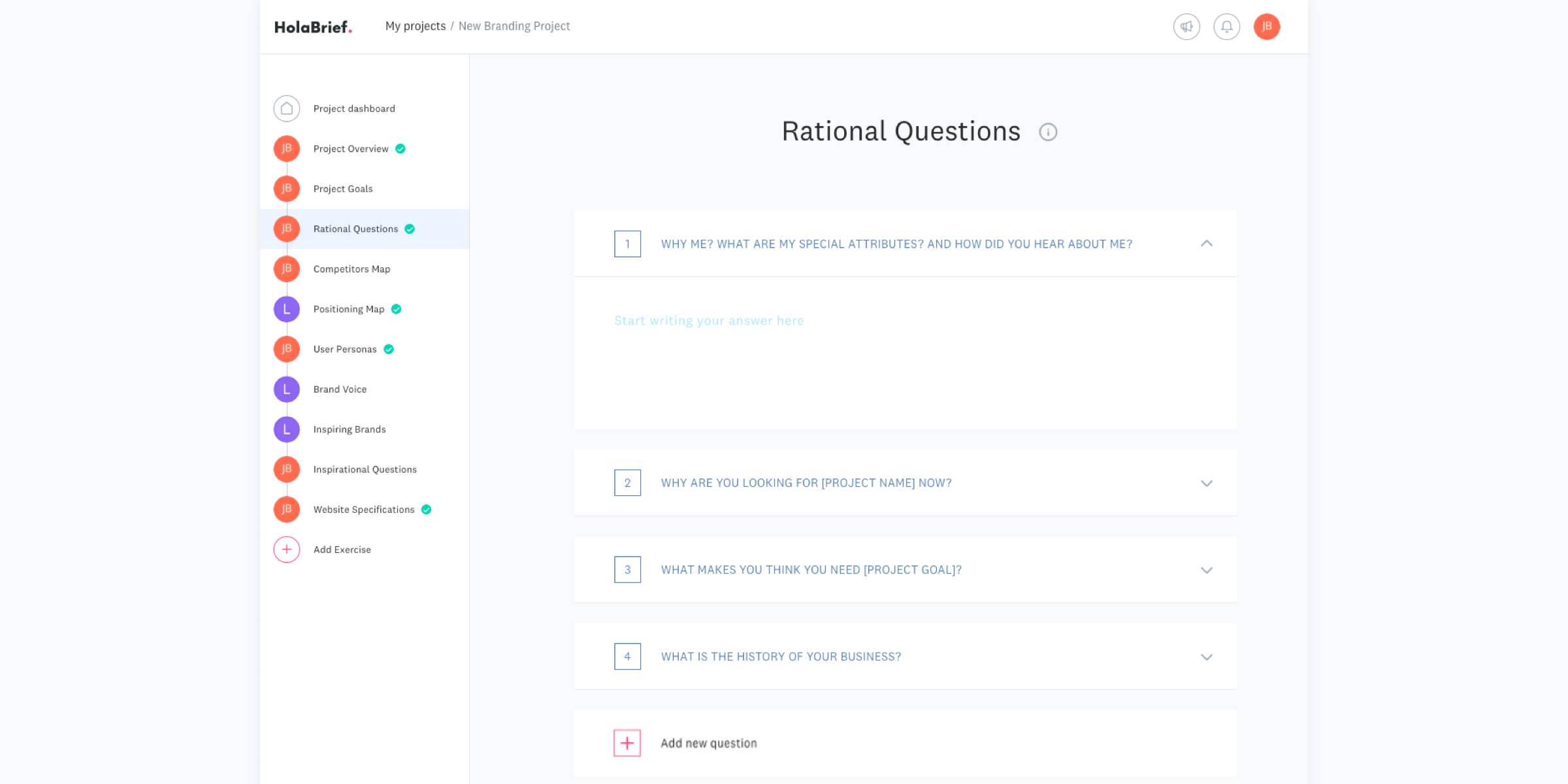
The different HolaBrief discovery templates can be used to guide the strategic meetings with clients and end up with a solid creative brief of the project.
Your client will feel engaged and part of the project, and you will uncover insights and make your client feel understood. On your part, you will be able to uncover the real problems of the project and position yourself as an expert and consultant, which inevitably will open doors to more projects for you.
The role of a strategist is to see the context. You want to diagnose the real problems, which are usually related to the brand and permeates the company.
Practically, I would say that the easiest way of learning how to do that is to print out your strategic sections from the HolaBrief discoveryf template and create a conversation around them in your kickoff meeting.
Find out the real problem your client is facing. Understand what’s missing in their sauce. Oh, and remember, you need to have this conversation with decision-makers, aka internal stakeholders, of that company. The goal of a workshop varies to what kind of strategy you are creating and the context of the business, but what you want to do is to get to a consensus and understand where the decision-makers want to take their brand to.
Some rational and inspiring questions to ask during the kickoff meeting of the project:
- How do you work? Give me a succinct explanation of your process. (It can include client service, hiring processes, etc. It helps to visit their location to get the first-hand experience.)
- What is the company culture like? (If they are an established business.)
- What is the history of the company? How did you found it?
- What are your goals and ambitions with the company?
- What is your desired ROI for this project?
- How do you want this project do impact the growth of your business (you may add: in the next 3 months, 5 years etc)?
- What is the process behind your product?
- Who's your (ideal) customer? (proceed to describe and understand them with user persona's)
Add the answers to those questions in your discovery template on HolaBrief, as well as define the User Persona and fill in the Competitive Analysis.
What is their current brand strategy, their current vision, mission, their positioning statement if they have any, values, understand their financial system and their sales history etc. In this article How I tied the kickoff meeting to HolaBrief I share a more practical approach to how the strategic sections of the HolaBrief tool can be of use during the kickoff meeting.
Working with a strategic discovery framework like the one HolaBrief offers will help you cover each step of the process during your kickoff workshop at any time.
Gathering data and conducting research
If your client does not have any data to cover User Personas or Brand Positioning, you could offer research as part of your services.
Gathering data is probably the hardest part of the research process, and a lengthy one at times. When gathering insights for the market, you will need to look from the supplier angle, customer angle and the business angle. This is when you go to observe their processes first hand, you interview their customers and employees, you create surveys, focus groups, etc. One idea for small shops, for example, is to hold an event where customers answer a feedback poll, eat cake and drink coffee, and have a special discount after completion. The key is to always give something back. You could apply the same idea with employees, for example.
When it comes to researching the market and the competitors, things may get pricy and even harder to come across. Data and insights are expensive and of course, no one wants to divulge the secrets of their trade. The business you are working with has to either have the budget to conduct the research or buy you reports. If you are lucky, they will have a research team in house or data addicted marketers to feed you some info.
There is much data you can gather for free. The internet is a fostering place for information.
Here are some great places online to conduct research:
Also, don’t overlook the socials, especially for customer data. In the internet, everything has a tribe, and there’s a big chance you will get honest answers and insights on the market:
Remember, above all else, you are trying yo understand *people*.
Places to gather customer and audience related data:
- Google Analytics and Search Console (if they have it)
- Facebook Page Analytics
- Instagram Business Analytics
- Twitter Analytics
- Yelp Reviews
- Google Reviews
- YouTube Analytics
- eCommerce sales report (Customer Life Value, Demographics etc)
- Email Marketing data
- Focus Groups
- Quizzes
Understanding KPIs and why they matter
In order to know how to measure success, set a few KPIs. KPIs, or Key Performance Indexes or indicators, are data points that you want to track. How many people opened the Typeform questionnaire in their email vs how many replied? You can set a few KPIs for each project, and look at them to understand better the relationship between your client and their customers.
Let’s say that you are creating a brand strategy for Instagram. With enough understanding of the platform and the content you will provide, what should you be tracking? The important numbers are not the ones that everyone’s so obsessed with, such as likes or followers. The main Instagram KPI is actually the number of times that a post has been saved. The second KPI is then the number of times that post is sent to someone. You want the content to be valuable enough that people will use it as reference or inspiration.
On email marketing, click-throughs are much more important than open rates, especially if you have a call to action.
KPIs matter because your strategy is revolved around them, and they will help you determine if you need adjusting anything in your tactics or add layers to your consumer journey.
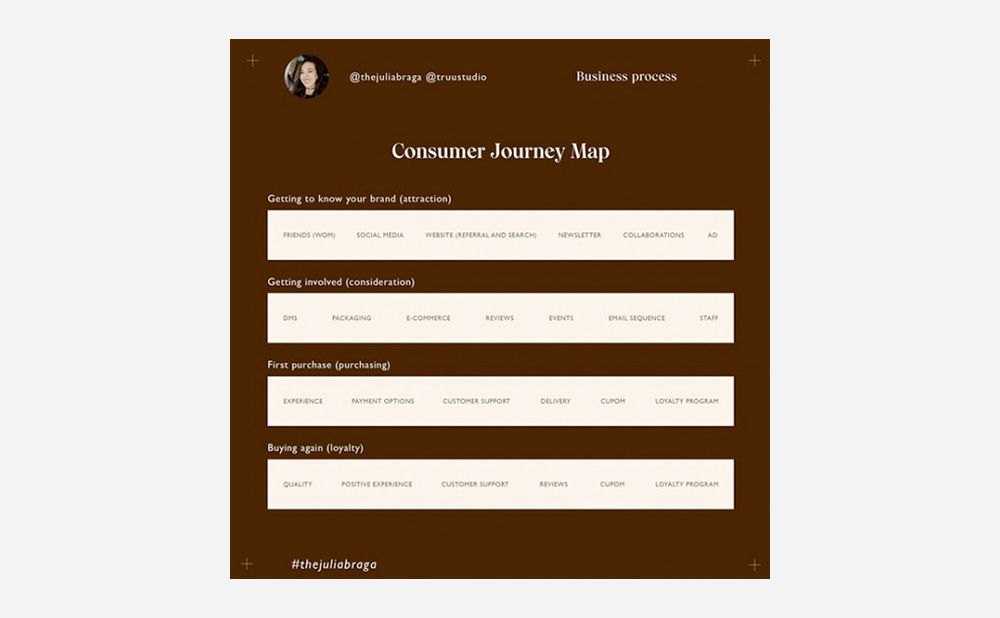
Source: @thejuliabraga
How to connect the brand with its customers
It would be magical if customers simply knew what they wanted — if that was true, though, we wouldn’t have innovation. So we must do our job and bridge the gap. Design is what ignites passion in people, not strategies. I think it was Marty Neuemeir that first said that.
Once you have a clear strategy, it will be easier to associate emotions, actions, and understand the personality of the brand that will best relate with the ideal customers of the business. Also, because you will test it, and gather feedback. Empirical research is a huge part of understanding how to connect the dots in your process.
The best way to test if a brand is well received is by creating a beta-launch and apply basic design thinking principles to get the job done effectively. With all the data that you recover during the process, you can test different approaches and map out what works for that specific audience.
The key here is to keep it simple, raw, and honest, and leave the communication open while you continue to work on the product and the brand.
HolaBrief too has further developed its strategy while launching a Beta version. The tool has learned from this phase and has changed its strategy substantially thanks to its Beta users.
Use Social to show the progress and the behind the scenes, hint on dates of launch, post announcements, and start building a following and rapport around the brand. A blog is a great tool to start because all you need is industry knowledge and you can always tie it in with the product, or deliver free guides to start building a followers list.
Closing Thoughts
The ways of connecting with the audience are many, and it will widely depend on the context of the business and how much time and budget the brand has to make moves, as well as your marketing knowledge of how to set up a discovery process with strategic input.
Don't overthink it. Strategy is not a plan, strategy is finding out how to use what you know to give you and your client an upper hand and solve a problem creatively.
Eventually, a strategy will help you find out more about the consumers, industry, and the business' own products. You will need to adjust that strategy over time or empower the client so they cant adjust the strategy on their own.
–
The HolaBrief discovery platform offers many strategic templates that can guide you through a strategic meeting with the client. Afterwards, fill in all the relevant pieces of information gathered during this strategic meeting in your customised template. Easily print out the final creative brief as a PDF or share it with the team in a customized link.

